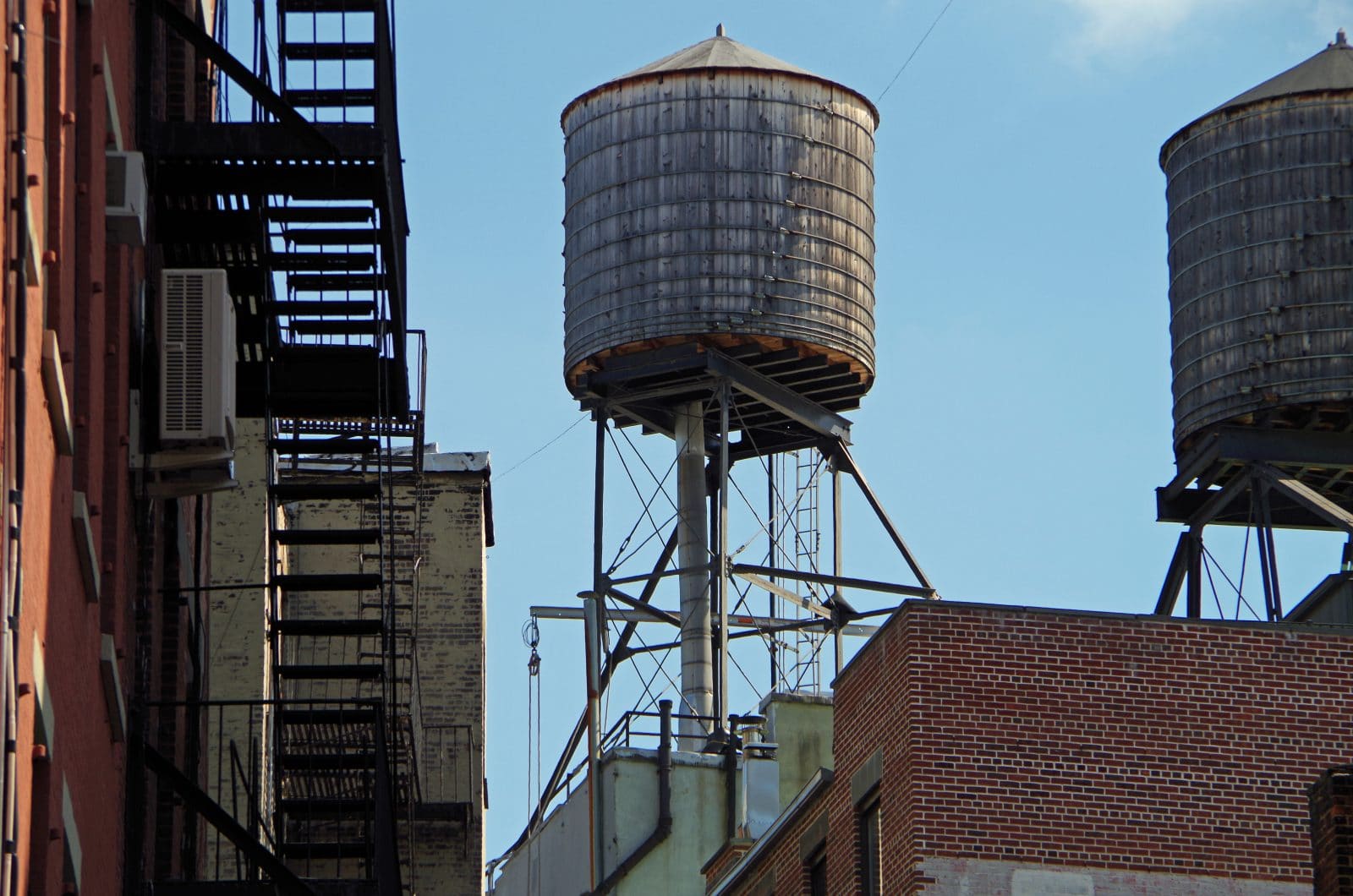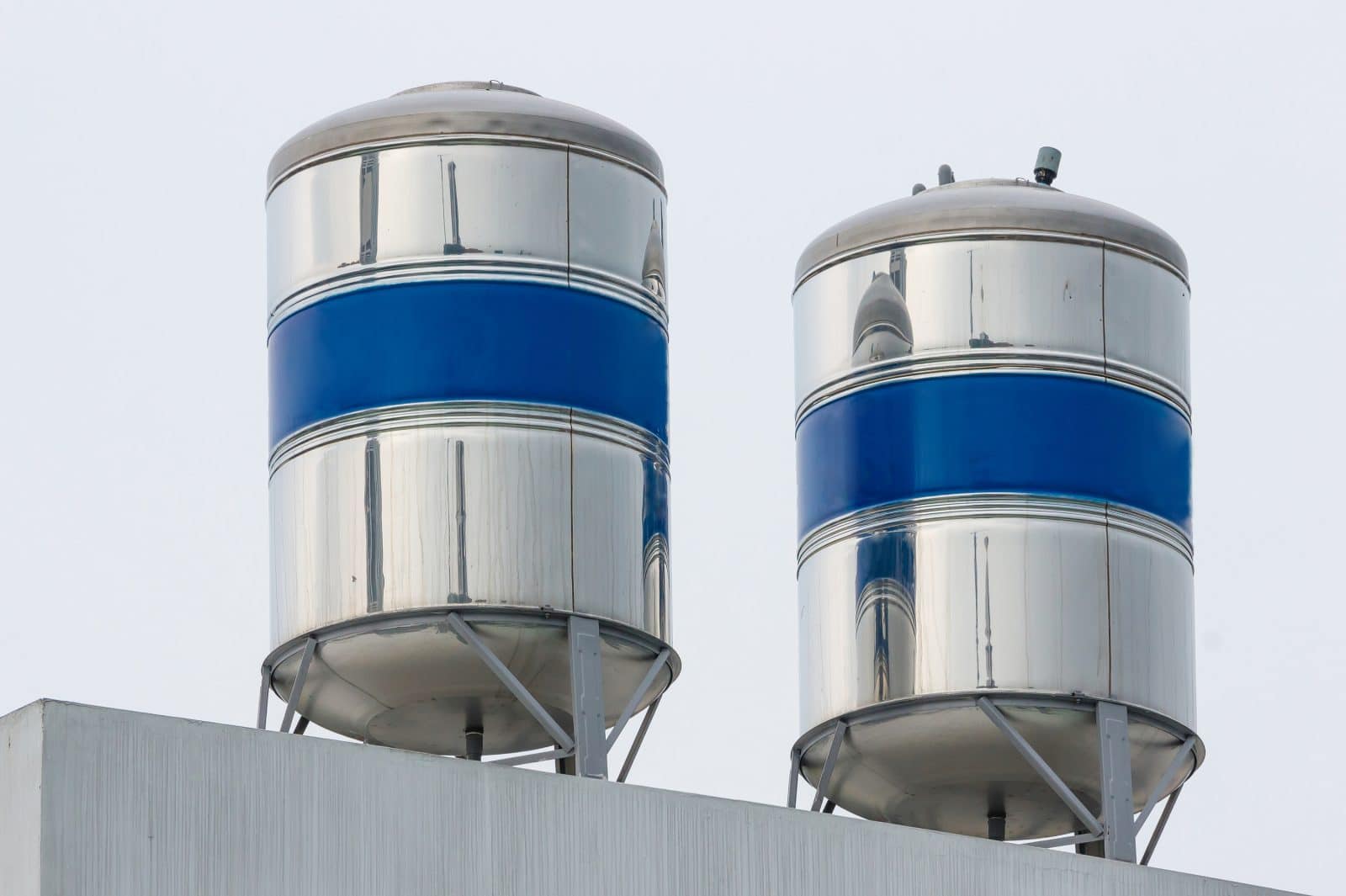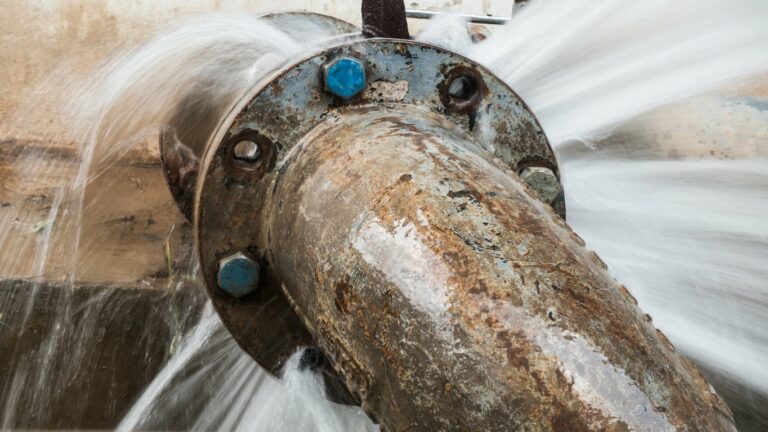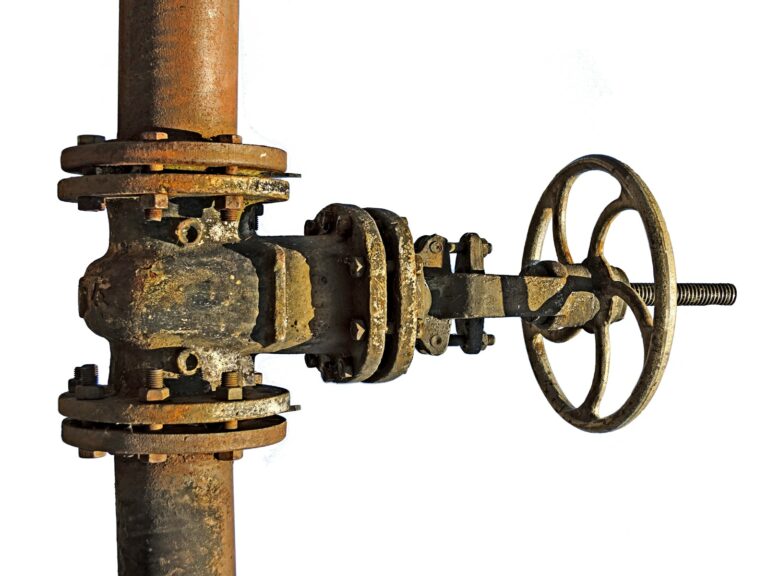Did you know that roof top water tanks have been a reliable way of storing water for a long time? As a matter of fact, water tanks can actually be dated to well over a hundred years ago. These water storage tanks first came into use with the introduction of indoor plumbing in the 1880’s. You may spot these are the water “containers” installed on a top floor of a tall building. Roof top water tanks are one of the most cost-effective ways to run a water distribution system on tall buildings. Due to their elevated location; wherein gravity is responsible for driving the water throughout the plumbing system.
How Are Tanks Designed And Constructed?
A roof top water tank system typically includes pipes, different types of valves, pumps, and the tank itself. This tank system relies on gravity to take the water from an elevated level down into the building. Besides gravity, modern roof top water systems depend on electric-powered pumps. These pumps supply the water from the municipal system onto the roof. Aside from this, sensors are also incorporated into the tank to maintain the appropriate water level.

Considerations are done before building these types of water systems. Below are the factors needed to be considered, as mentioned in inspectapedia.com: covering, overflow handling, circulation, gravity loads, live loads, wind loads, access, fire codes, and other safety codes involved. These factors are needed to be considered to avoid failures and other undesired impacts in the distribution system. Needless to say, roof top water tank installation is a specialty, done by highly professional and skilled craftspeople.
According to untappedcities.com, there are still over 15,000 roof top water tanks used in New York City. These are utilized for supplying water for everyday use, fire protection systems, and other irrigation needs. These tanks are primarily needed on buildings over 6 stories in height.
The 4 Primary Uses of Roof Top Water Tanks in NYC
With their simplicity and versatility, roof top water systems are still used for many applications. These tanks are usually built to be large enough to hold large capacities. They are sized by design professionals to suit a building’s consumption rate. Below are some of the notable uses of these water tanks in domestic or residential areas.
1. Water Tanks Regulate Water Pressure
Roof top water tanks help convert and regulate water pressure supplied to residential areas from a municipal water system into functional pressure.
2. Roof Top Tanks Lessen The Need For Pumping Stations
Roof top Water Tanks are installed to allow the utilization of appropriate and reasonable pumping systems. This is based on the average demand instead of the peak demand, where most of the time, strong capacity pumps are deemed underused. Installing a roof top tank defers a building owner from buying a powerful water pump to keep up with the peak demands. This way, the pump’s installation cost is reduced by lessening the purchase cost and maintenance cost for larger pumps. Of course gravity is more reliable than mechanical devices, such as pumps.
3. Roof Tanks Can Serve To Supply Fire Protection Systems
Aside from providing water for domestic use, these are also an efficient way of supplying water for fire protection. Water form these tanks is used in sprinkler and fire safety systems. Installing roof top water tanks is a reliable way to deliver water for these fire protection systems. This is especially true where municipal water pressures supplied to buildings may not be enough. The water pressure coming from municipal distribution systems is often not strong enough to supply water for fire protection devices. This can impose a grave threat to a building’s fire safety.
4. Water Tanks Can Be Useful Component In Green Infrastructure
Now that green buildings are becoming a trend to maintain sustainability, roof top water systems are installed to serve as a catch basin for rainwater to be repurposed. Rainwater can be repurposed for fire protection systems, flushing systems, and other irrigation systems.
Inspection & Maintenance of Roof Top Water Tanks
Water tanks are designed to withstand harsh conditions and can have a lifetime of 35 years if maintained well. With that said, in New York City, water tanks are required to undergo regular inspection and cleaning at least once a year. The New York City Health Code actually requires that roof top drinking water tanks be inspected annually. The onus is on the building owners, who then forward the inspection results to the Health Department. Building owners report inspection findings by completing a questionnaire provided by the Health Department. As a point of interest, a failure to conduct a water tank inspection or file a report once a year is a violation of NYC law. This policy avoids adverse effects of water contamination and other water issues.
To clean these tanks, service providers usually flush out the tank’s contents. They then scrub it with an appropriate cleaning solution. Additionally, water quality also needs to be checked after filling up the tank. There are different water quality being monitored depending on its application, whether used for fire protection or human consumption.
Your NYC Sewer and Water Service Line Expert
For sewer and water service line work that you can trust, feel free to contact Balkan Sewer And Water Main. Our team will cater to your needs, and exceed your expectations. Balkan ensures the top-level quality of customer satisfaction. Expert service is provided for sewer and water main repairs, replacements, installations, and disconnections. We, being specialists in this industry, can also cater for the installation and maintenance of new water lines. For your roof top tanks to function properly, so must your service line. After over 70,000 satisfied customers and almost 70 years in continuous operation, Balkan is The Team You Trust.







